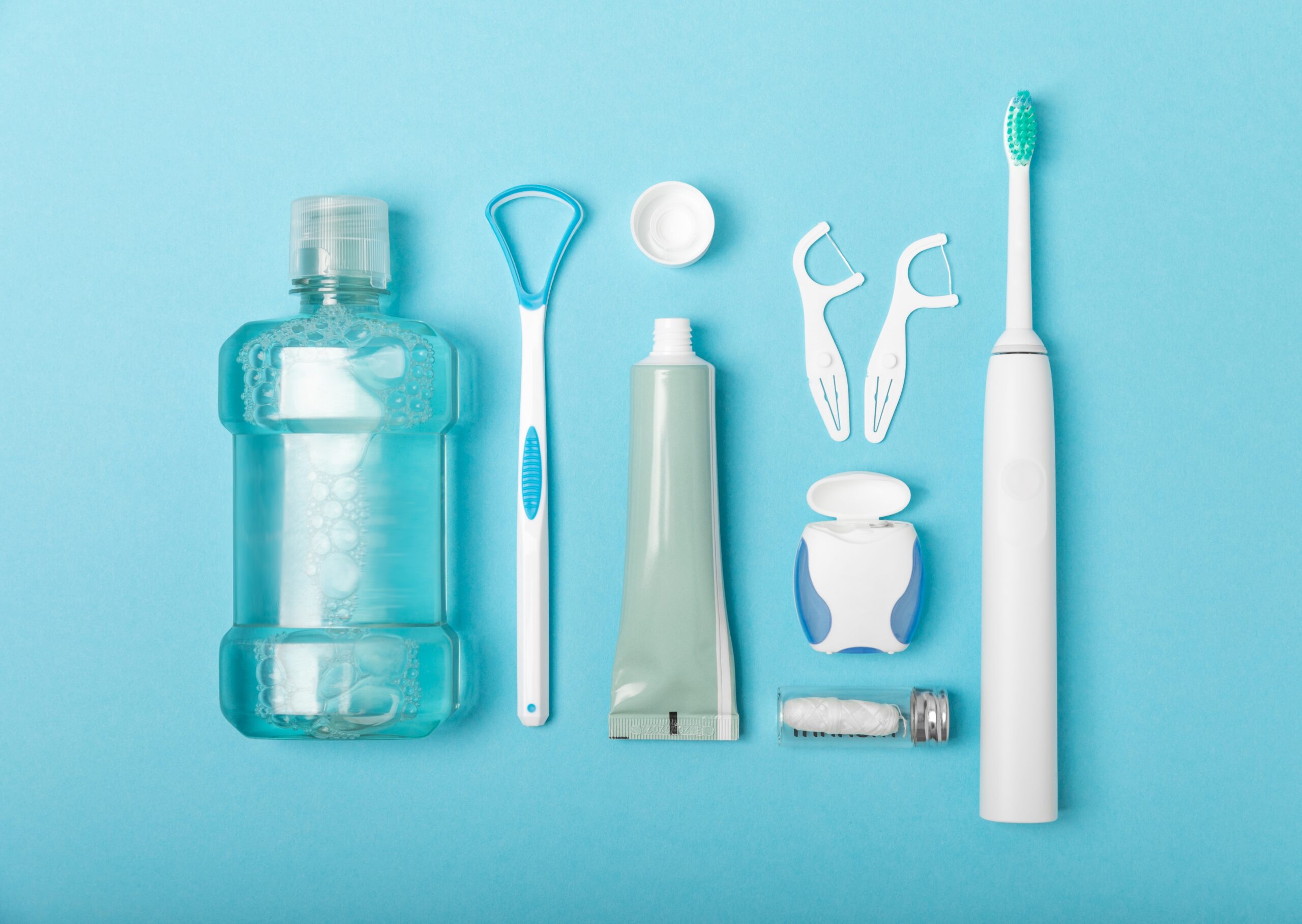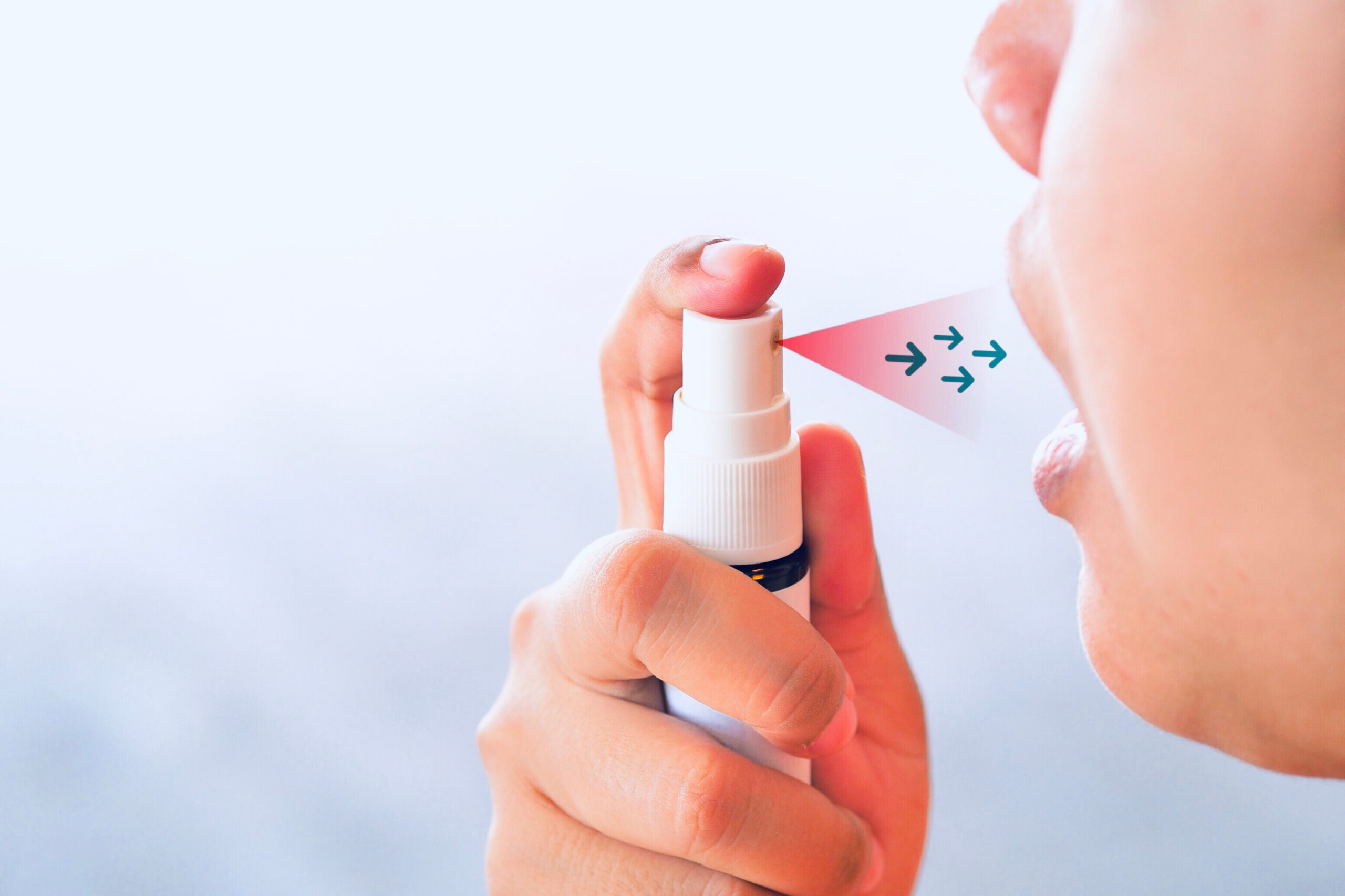We clean our teeth every day, usually twice a day or more. Toothpaste has become one of the necessities of our life, but few people may pay attention to the matter of brushing teeth with toothpaste. But how is toothpaste developed? Read on and find out the long history of toothpaste.

Source:Pixabay.com
The Origin of Ancient Toothpaste
Before 3000 A.D., ancient texts from China, India, and Egypt show that people were able to make toothbrushes to protect their teeth, as well as to understand the structure of teeth, the importance of cleaning, and the use of medicine to treat dental diseases.
The earliest toothpaste was invented by the ancient Egyptians, who used a powder made from eggshells, pumice, and cow hooves to clean their teeth.
In 2003, an ancient Egyptian sedge was found in the basement of the Austrian National Library, filled with odd hieroglyphics. It described a powder that would brighten teeth, which, when it encountered saliva, would turn into a paste that was able to clean teeth, and it consisted of 1 percent ounces of rock salt and dried iris flowers, 2 percent ounces of mint and 20 grains of pepper.
This is the toothpaste used by the ancient Egyptians. They mainly used these toothpaste powders to clean their teeth and improve their bad dental condition.
The use of toothpicks and sponges to clean teeth is also documented in ancient Greek and Roman texts, Buddhism, and Hebrew religious texts.
In the Chinese Ritual of the Zhou Dynasty, it is written that “when the rooster first crows, the public must rinse. At that time, toothpaste was mainly made of chalk, animal bone powder, herbs, salt, and single or compounded toothpaste was generally used by the gentry and dignitaries to show their status and position.
From the emergence and development of ancient tooth cleaning products, people have realized that the use of abrasives to remove tartar from the surface of the teeth, the use of drugs to inhibit bacteria in the mouth, cosmetic teeth, and oral health protection have become the two basic functions of toothpaste.
The Evolution of Toothpaste

Source:Pixabay.com
The Turning Point
In the eighteenth century, a giant leap forward in the history of toothpaste was made when tooth powder appeared in England. Doctors, dentists, and chemists developed tooth powders containing tooth-grinding substances such as brick dust, broken porcelain, and earthenware.
Most dental powders used baking soda as a base ingredient, and others contained ingredients such as saccharin that would be considered inappropriate to employ today.
Borax powder was added to tooth powder in the late 18th century to produce a better foaming effect. The rich brushed their teeth with a brush dipped in powder, while the poor used their fingers dipped in baking soda to clean their teeth.
Glycerin was added to tooth powder in the early 19th century to make the powder paste-like and more acceptable. Strontium was also used at that time, which helped to strengthen teeth and reduce tooth sensitivity.
In 1824, a dentist named Dr. Peabody was the first to add soap to toothpaste for greater cleaning power. Later, soap was replaced by a detergent called sodium lauryl sulfate for a better mixing consistency. You can recognize it from the toothpaste used today. This was a turning point from the typical actual toothpowder to a more paste-like texture.
The First Good Toothpaste

Source:Pixabay.com
In 1873, Colgate developed the world’s first, smooth, good-smelling toothpaste, sold in small glass jars, and thus toothpaste in the true sense of the word emerged.
For years, people had struggled to keep their teeth and gums clean and healthy, but there was no proper toothpaste available. There were many oral cleaning products on the market at the time, but they were all made by hand everywhere.
Soon after, toothpaste was invented. People enjoyed brushing their teeth with toothpaste, and many companies flocked to the trend, with Colgate joining in and beginning to actively promote their brand, selling toothpaste and soap and educating people about the need to keep their teeth healthy.
First Toothpaste in Tube

Source:Pixabay.com
The use of toothpaste powder was convenient but unpleasant. So toothpaste in tubes began to appear in the late 19th century.
After the end of World War II, toothpaste manufacturers worked on taste and smell and developed a base that replaced chalk with calcium bicarbonate and soap with sodium dodecyl sulfate, making toothpaste universally loved. Dentists and other researchers are also constantly researching new products to meet the needs of people.
Then a landmark change occurred in 1892, when Dr. Washington Sheffield, an American dentist, decided that it was unsanitary for multiple people to dip their toothbrushes into a jar of toothpaste. So, that year, he developed the first collapsible tube of toothpaste. It is speculated that it was the pigmented tubes used by the artist that inspired him.
Important Ingredients

Source:Pixabay.com
In 1914, fluoride was added to toothpaste after research showed that it had many benefits for the teeth. This has become one of the most important ingredients in toothpaste today, which is based on regular toothpaste with the addition of fluoride.
It has been proven that toothpaste made with fluoride has a definite effect on preventing dental caries. Therefore, the application of fluoride toothpaste has been fully affirmed by the dentistry community.
Many fluoride toothpastes also added calcium to promote remineralization of the surface of demineralized teeth. Some fluoride toothpaste also has added pharmaceutical ingredients that can have a synergistic effect when used in combination.
Fluoride toothpaste has the function of enhancing tooth decay prevention, and most people can apply fluoride toothpaste, especially teenagers who are at the easy stage of caries.
However, if you use fluoride toothpaste regularly, you may develop dental fluorosis, so we should be careful to avoid excessive intake of fluoride. For children who are too young, it is better not to use fluoride toothpaste and other medicated toothpaste, in order to prevent excessive intake of fluoride by swallowing toothpaste while brushing.
Toothpaste Nowadays
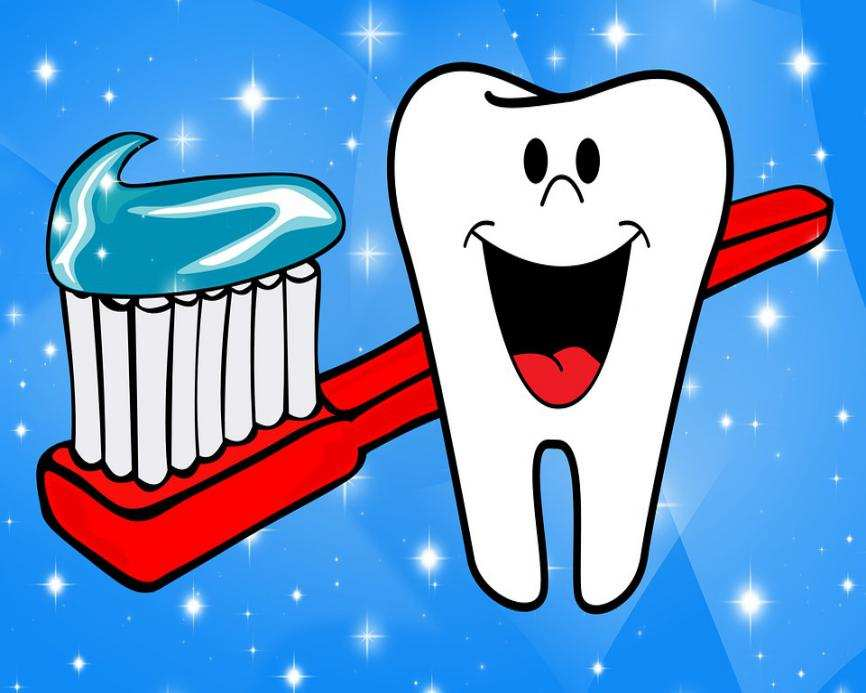
Source:Pixabay.com
Common Ingredients in Toothpaste
The main components of toothpaste are abrasives, cleaning agents, wetting agents, adhesives, and aromatics.
Abrasive is the main ingredient, which plays the role of stain removal and polishing. The cleaning agent penetrates and loosens the deposits on the tooth surface, emulsifies the soft scale, and plays a soap-like role.
The wetting agent makes toothpaste less likely to dry out. The adhesive is to stabilize the paste and avoids moisture. The aromatic agent makes the brush hand feel fresh and comfortable in the mouth and reduces odor.
Ordinary toothpaste contains all of the above ingredients to achieve the function of cleaning teeth, suitable for all people to use.
Most of today’s toothpaste is designed to treat specific problems or provide specific results. Today, one can choose a toothpaste that is designed to whiten teeth, reduce tooth sensitivity, control tartar, restore minerals in tooth enamel, or reduce plaque formation. In addition to special products, today’s toothpaste provides better protection against tooth decay and gum disease, while tasting better and freshening better.
Famous Toothpaste & Oral Care Brands
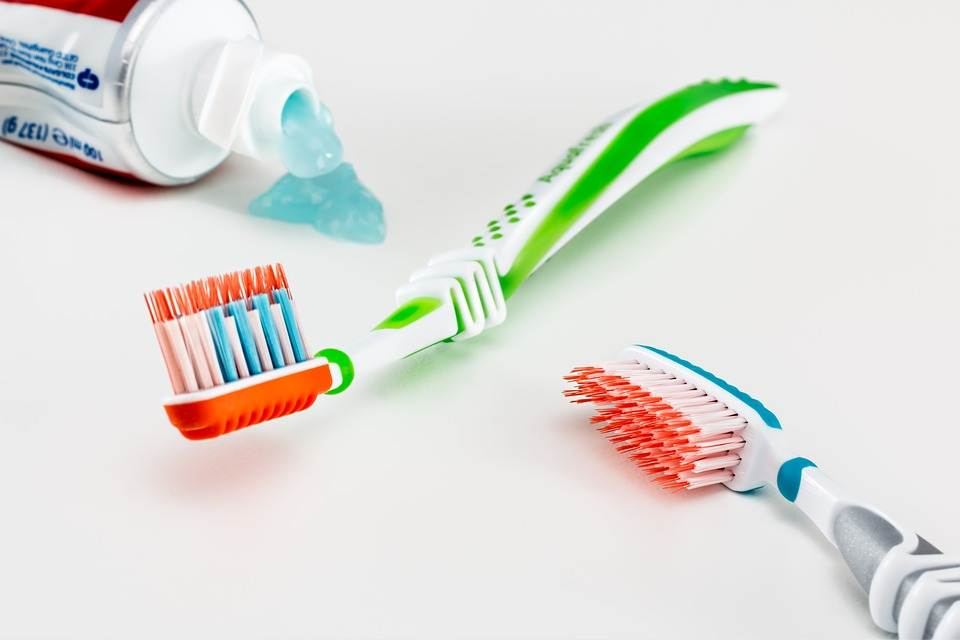
Source:Pixabay.com
Choosing a good toothpaste manufacturer, with quality and a safe oral care product factory, is able to produce reliable products for us. Next, learn about some top brands of toothpaste and oral care products that do well.
Crest
The Crest is a well-known brand of Procter & Gamble, which has been providing comprehensive oral care products since 1955. Its first highly effective anti-cavity fluoride toothpaste was proven effective in clinical trials and became the first brand to be recognized by the American Dental Association (ADA).
Crest is committed to developing quality products that promote dental health and fresh breath, establishing a leadership position in the oral care industry.
Lion King Toothpaste
Lion King toothpaste is available in types for children’s dental care, whitening, and super refreshing taste. It is mainly for people with stained teeth, bad breath, and oral diseases. And there are special models for both the elderly and children.
Lion King toothpaste takes a fluoride-free formula, which can effectively help children clean their toothpaste and prevent dental cavities from developing fluorosis.
The fresh smell and light toothpaste fragrance can improve the breath of children. After use, toothpaste molecules can play a long-lasting protective effect on teeth.
Colgate
Colgate is one of the world’s top consumer goods companies, headquartered in New York, USA. The company has a history of nearly two hundred years. It has subsidiaries or offices in more than 200 countries and employs 40,000 people worldwide.
It offers high-quality consumer products in the areas of oral care, personal care, home care, and pet food.
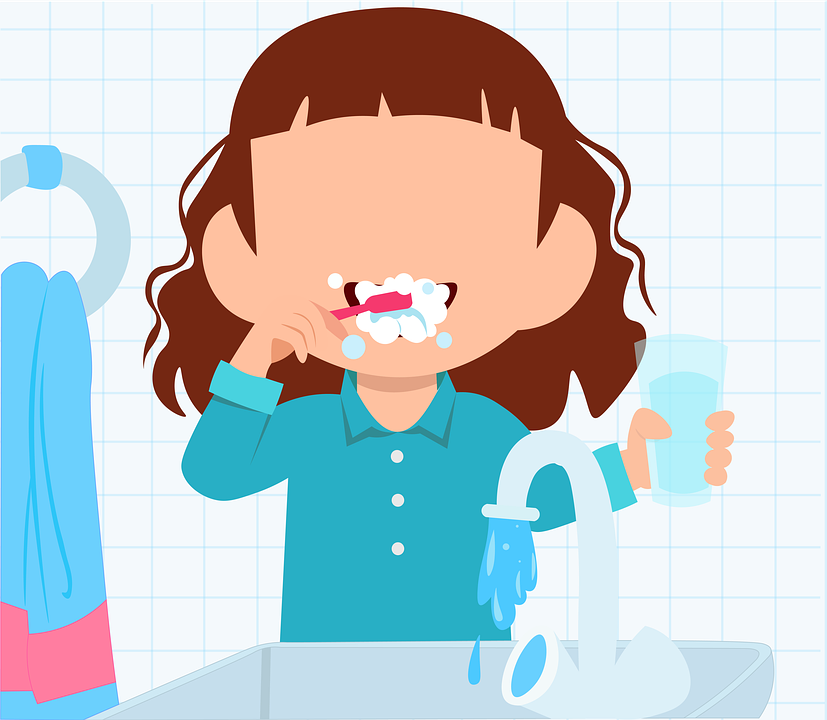
Source:Pixabay.com
Key Takeaway
Taking good oral care and maintaining personal oral health can prevent diseases, as well as owning beautiful teeth and hence a better personal image.
How do we choose a toothpaste and oral care product that best suits my needs? It varies from person to person. Most of today’s toothpaste is designed to treat specific problems or provide specific effects, but what is right for us is the most important.
